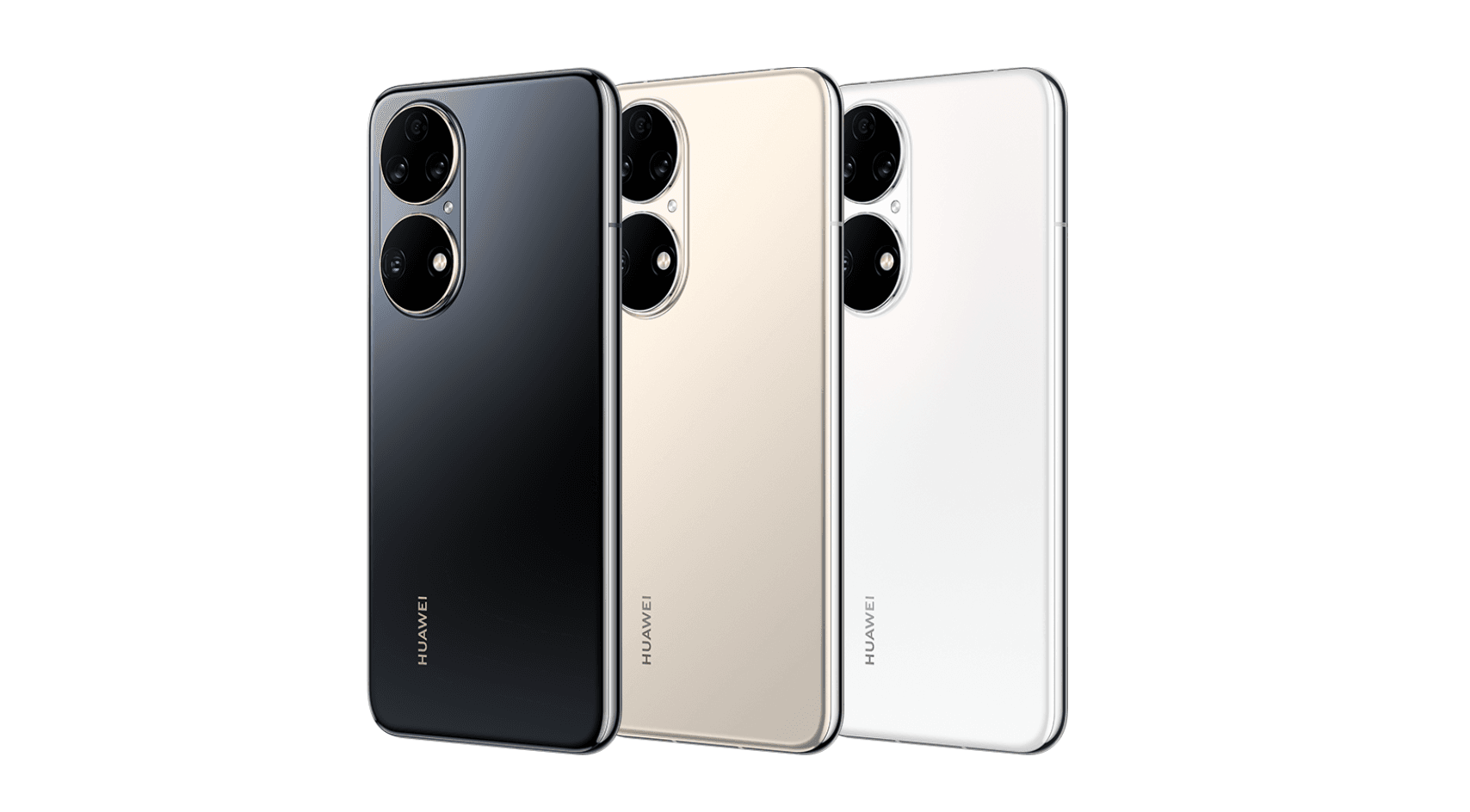Huawei スマートフォンの eSIM はサポートされていますか?
HuaweiデバイスでのeSIMの使用
まとめ
今日のデジタル世界では、接続を維持することがこれまで以上に重要になっています。eSIM の人気が高まるにつれ、これは消費者が最新の電話モデル、特に各メーカーの主力製品に期待する機能になっています。ただし、Huawei の場合は少し異なります。Huawei は P40 シリーズで初めて eSIM テクノロジーを導入しましたが、その後、将来のリリース (P50 および P60 シリーズを含む) では廃止されました。

Huaweiに何が起こったのですか?
ファーウェイはかつて世界有数のスマートフォンメーカーだったが、米国政府による同ブランドの貿易ブラックリスト入りに伴い、さまざまなサービスやインフラへのアクセスを失い、世界市場における大手企業に対する競争力を大幅に失った。
新しいデバイスでGoogleサービスにアクセスできなくなり、新しいデバイスで5Gをサポートできないことが、ユーザーがHuaweiから他のAndroidデバイスに乗り換える主な理由のいくつかだったのかもしれません。
Huawei スマートフォンの eSIM サポート
2020年、HuaweiはeSIMサポートを搭載したHuawei P40シリーズの最初のスマートフォンをリリースし、同年にはHuawei Mate 40 ProでもeSIMサポートが発表されました。しかし、そこで終わりとなり、Huaweiがリリースした後続モデルではeSIMサポートは見られなくなりました。
よくよく考えてみると、これは驚くようなことではないかもしれません。おそらく、貿易ブラックリストの直接的な結果で、Huawei は eSIM サポート用のチップとテクノロジーを入手できなかったのかもしれません。あるいは、Huawei デバイスで eSIM をサポートするユースケースが十分に強力ではなかったのかもしれません。現状では、Huawei デバイスでの eSIM に対するキャリアのサポートは世界的にかなり限られている可能性があり、キャリアのサポートがないと、たとえデバイス自体が eSIM をサポートしていたとしても、Huawei デバイスでの eSIM の使用にかなり支障をきたすでしょう。
ちょっと待ってください。どの Huawei モデルが eSIM をサポートしていますか?
eSIM をサポートするのは、次の Huawei モデルのみです。
- ファーウェイP40
- ファーウェイ P40 プロ
- ファーウェイメイト40プロ
Huawei P40 Pro+ は eSIM をサポートしていないことに注意してください。P40 Pro+ で eSIM がサポートされていないのは、デバイスのセラミック設計によるものだと考えられていました。ただし、P50 および P60 シリーズのその後のリリースでは、eSIM サポートが復活することはありませんでした。(つまり、P50、P50 Pro、P60、および P60 Pro の電話は eSIM をサポートしていません)。
また、eSIM のサポートはデバイス自体だけでなく、通信事業者にも依存していることにも留意してください。残念ながら、Huawei P40 スマートフォンでも実際に eSIM サポートを提供している通信事業者は限られているようです。そのため、購入する前に、自宅の通信事業者が実際にスマートフォンに eSIM サポートを提供しているかどうかを確認してください。
旅行用にeSIMを購入する場合、ほとんどの国際eSIMプロバイダーがHuawei P40デバイスをサポートしていることに気付くでしょう。そのようなプロバイダーの1つはノマド165 か国以上で手頃な価格のデータ プランを提供する Nomad は、旅行中の接続ニーズに最適なオプションです。
Huawei P40にeSIMをインストールするにはどうすればいいですか?
eSIM をサポートする数少ない Huawei のスマートフォンをお持ちで、通信事業者が eSIM をサポートしている場合 (または旅行用 eSIM を入手している場合)、デバイスに eSIM をインストールする方法についての簡単な手順を以下に示します。
デバイスがeSIMをサポートしていることを確認してください
まず最初に、お使いのデバイスが eSIM をサポートしていることを確認してください。Huawei P40、Huawei P40 Pro、または Huawei Mate 40 Pro をお持ちの場合でも、携帯電話の購入場所によっては eSIM のサポートが制限される場合があります。
お使いのデバイスがeSIMをサポートしているかどうかを確認するには、**設定 > 端末情報 > EID を表示。**EID 情報が表示されない場合は、この機能がデバイスでサポートされていないことを示します。
EIDとは何か知りたいですか?ブログ記事を読んでください。EID の簡単な紹介
eSIMのインストール
お使いのデバイスが eSIM をサポートしていること、および通信事業者がお使いのデバイスに対して eSIM サポートを提供していることを確認したら、携帯電話に eSIM を追加できます。
- に移動設定 > モバイルネットワーク > SIM管理
- お使いのデバイスがデュアル SIM デバイスの場合、eSIM はデフォルトで SIM 2 にインストールされます。SIM 2 スロットが使用されている場合は、そのスロットの SIM を非アクティブ化するように求められます。
- SIM 2の横にある>をタップします。
- eSIM のインストール用に通信事業者から提供された QR コードをスキャンします。
- QRコードが機能しない場合は、アクティベーションコードを手動で入力することもできます(アクティベーションコードはキャリアから提供されているはずです)。オプションを選択します。手動で入力画面の指示に従ってください。
今後の Huawei の携帯電話には何が期待できますか?
Huawei(およびそのパートナー)は、貿易禁止による制限を克服する方法を考案してきました。自社のチップ製造能力を強化することに加え、この禁止措置によって革新的な製品もいくつか生まれました。その一例が、eSIM技術を利用して、4Gのみのスマートフォンに5G接続を提供するSoyealinkの5Gスマートフォンケースの発売です。
Huawei が自社のデバイスに eSIM テクノロジーを復活させることはまだ予想されていませんが (少なくとも次の数回のリリースでは)、この機能が Huawei の携帯電話に復活するのはおそらく時間の問題でしょう。